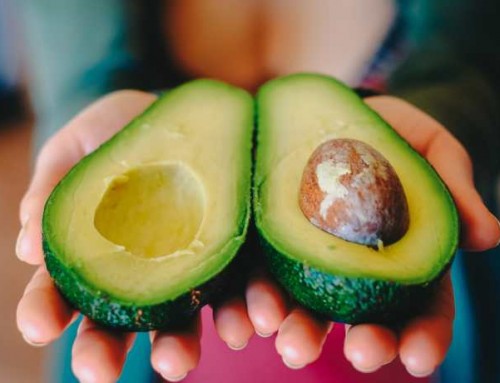Subcutaneous fat vs visceral fat
Where are you storing your fat?
All of us store fat in different ways, and as a result, our bodies are all shaped differently. Some people have most of their fat stored in their thighs while others have the majority of body fat in their upper body – everyone is different. Although this is the case, we all store fat in our abdomen area and if you’re worried about your waistline, then you’ll want to read on.
Our bodies store two different fat types: subcutaneous and visceral. They both contribute to your body’s weight equally, although they work in very different ways.
Subcutaneous fat can be found under your skin. If you pinch an area of your body (e.g. your upper arm or wrist) then the fat that you feel there is subcutaneous fat.
Visceral fat is a little harder to pinch and measure. This is the fat which is found around your abdominal area and is found between your organs– it’s not an easy task to measure your visceral fat. Moreover, what say your genetics about it? Now you can find it out in a very easy way with newest technology DNA test.
Difference between the fats
While both types of fats store energy for your body to use, they are still very different. One of the things that they have in common is that their endocrine functions allow them to release various proteins and hormones into our system (such as angiotensin and IL-6). These proteins and hormones are used to ensure that our organs are functioning correctly.
The proteins and hormones which visceral fat releases are supposed to have more pro-inflammatory properties than the likes of subcutaneous fat. This is the reason that medical professionals believe visceral fat has a direct correlation with cardiovascular diseases and metabolic diseases.
Another reason for this belief is that visceral fat is typically found near something called the portal vein – the vein which takes blood through your liver – and thus it is believed to cause more negative health effects than subcutaneous fat.
Knowing if you have excess visceral fat
First, it’s worth mentioning that men’s bodies store visceral fat more frequently than they do subcutaneous fat – women are the opposite. This is simply due to the differences in hormone production although after women go through menopause, they begin to store more fat as visceral fat.
Just as it is with your weight, genetics can play a role in whether your body will primarily store visceral or subcutaneous fat; genetics isn’t the only thing that factors into it though. A genetic study showed that visceral fat has a 56% chance of heritability whereas subcutaneous fat has only 42%. Several other studies have shown similar results, and while your genetics don’t act alone, they play a significant role in how fat cells are managed in your body.
According to the recently published scientific paper, there are several broader genetic factors which influence the distribution of fat throughout your body. The article revealed that Korean women who had a BMI of 25 or higher, and who also carry the G allele of PPARG, are more likely to have excess amounts of both visceral and subcutaneous fat than those who don’t carry that gene.
Determining your fat ratio
There are several scans available that can be used to determine the percentage of your body that is made up of subcutaneous fat and visceral fat. However, these scans are pretty pricey, and you’re able to receive a somewhat accurate measurement using a measuring tape on your own – of course, it won’t give you the exact number, but you’ll be able to determine whether or not weight loss is worth looking into.
Weight loss should be considered if you are a man and your waist is bigger than 40 inches (102cm.), or for women, if your waist is bigger than 35 inches (80cm.).
If you found this article interesting and would like to find out more about your genetic predisposition and fat storage, you should read about DNA tests below:


















